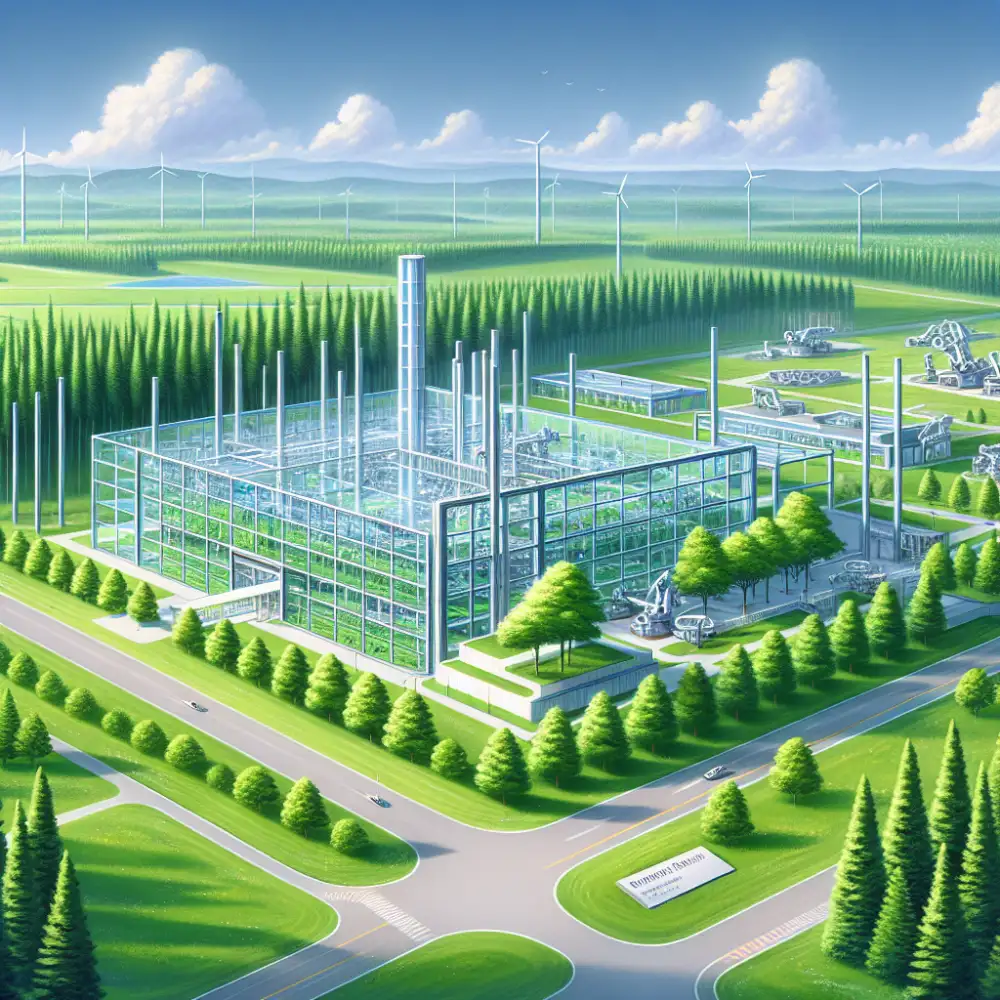ABB Robotics: Powering Auburn Hills' Automation Revolution

Collaborative Robots
Collaborative robots, or cobots, are designed to work alongside humans in a shared workspace. Unlike traditional industrial robots that operate in isolation, cobots emphasize safety and flexibility. They often feature force-limiting sensors and advanced programming interfaces that allow for easy deployment and re-tasking. This makes them well-suited for small and medium-sized enterprises (SMEs) looking to automate specific tasks, such as assembly, packaging, or machine tending. Cobots enhance productivity by taking over repetitive or physically demanding tasks, freeing up human workers for more complex and creative roles.
Simulation and Offline Programming
Simulation and offline programming are essential aspects of modern robotics and automation. Simulation software allows engineers to create virtual environments to design, test, and optimize robot systems before implementation. This virtual testing ground helps identify potential issues, collisions, or inefficiencies early on, saving time and costs associated with physical prototyping. Offline programming, on the other hand, enables the creation of robot programs without using the actual robot or interrupting production. Programmers can work in the virtual environment to develop and refine robot tasks, trajectories, and logic, which can then be downloaded to the physical robot. This approach minimizes downtime and allows for faster deployment of new programs or modifications.
RobotStudio® Software
RobotStudio® software allows you to perform robot programming and optimization offline, using a virtual representation of the production environment. This powerful tool helps manufacturers maximize robot cell productivity by enabling offline programming, testing, and optimization, reducing downtime and improving overall efficiency. With RobotStudio®, you can create, edit, and test robot programs in a safe and controlled environment, without interrupting actual production.
The software offers a range of features, including realistic simulations, advanced diagnostics, and collision detection, empowering users to fine-tune robot paths, optimize program sequences, and identify potential issues before deployment. By simulating real-world scenarios, RobotStudio® helps identify and address potential bottlenecks, collisions, or reach limitations, ensuring smooth and efficient robot operation on the shop floor.
| Feature | ABB Robotics Auburn Hills | Hub A (Example) | Hub B (Example) |
|---|---|---|---|
| Location | Auburn Hills, Michigan, USA | [City, State], USA | [City, Country] |
| Year Established | [Insert Year if known] | [Insert Year if known] | [Insert Year if known] |
| Primary Industry Focus | Automotive, Packaging, Logistics | [Industry 1], [Industry 2], [Industry 3] | [Industry 1], [Industry 2], [Industry 3] |
Autonomous Mobile Robots (AMRs)
Autonomous Mobile Robots (AMRs) represent a significant advancement in robotics and automation. Unlike traditional Automated Guided Vehicles (AGVs) that rely on predefined paths, AMRs navigate autonomously using sensors, cameras, and sophisticated software. This enables them to perceive their surroundings, make real-time decisions, and adapt to dynamic environments without human intervention. AMRs are equipped with advanced features such as obstacle avoidance, path planning, and fleet management capabilities, making them suitable for a wide range of applications. These include material handling in warehouses and factories, delivery services, healthcare assistance, and security patrolling. With their flexibility, intelligence, and ability to collaborate with humans, AMRs are transforming industries by improving efficiency, productivity, and safety.

Safety Features
Modern vehicles prioritize safety with a comprehensive suite of features. Anti-lock braking systems (ABS) prevent wheel lockup during hard braking, enhancing control. Electronic stability control (ESC) helps drivers maintain stability by automatically applying brakes and reducing engine power when it detects a loss of control. Traction control systems limit wheel spin on slippery surfaces, improving acceleration. Airbags, including front, side, and curtain airbags, provide crucial cushioning in the event of a collision. Seatbelts with pretensioners and load limiters help restrain occupants effectively. Advanced driver-assistance systems (ADAS) like lane departure warning, forward collision warning, and automatic emergency braking further enhance safety by alerting drivers to potential hazards and intervening when necessary.
Customized Solutions
We get it—sometimes you need something truly unique. That's where our customized solutions come in. Whether it's a specific feature, a tailored integration, or a completely bespoke platform, our team of experts will work closely with you to bring your vision to life. We'll take the time to understand your specific challenges and goals, then design and develop a solution that perfectly meets your needs. From concept to implementation and beyond, we'll be with you every step of the way to ensure your success.
Industry 4.0 Integration
Industry 4.0, the fourth industrial revolution, is changing the way we manufacture products. It's all about using smart technologies to create smarter factories. Think robots working alongside humans, machines talking to each other, and data driving decisions. Integrating Industry 4.0 technologies, like the Internet of Things (IoT), cloud computing, and artificial intelligence (AI), can revolutionize your business. You can boost efficiency, improve product quality, and respond faster to market demands. Imagine predictive maintenance minimizing downtime, real-time data optimizing production, and customized products rolling off the line. But it's not just about technology; it's about people too. Upskilling your workforce to handle these advanced technologies is crucial for successful Industry 4.0 integration.
Published: 19. 06. 2024
Category: Technology



